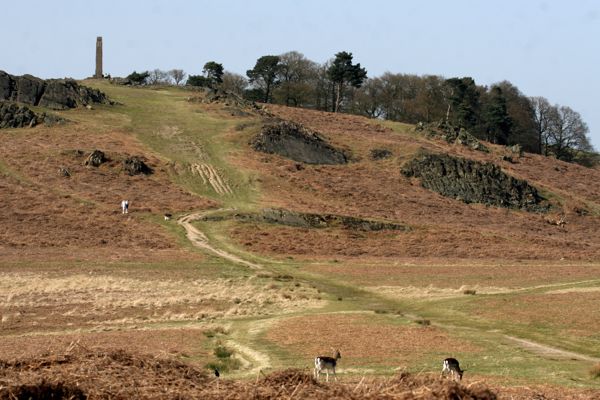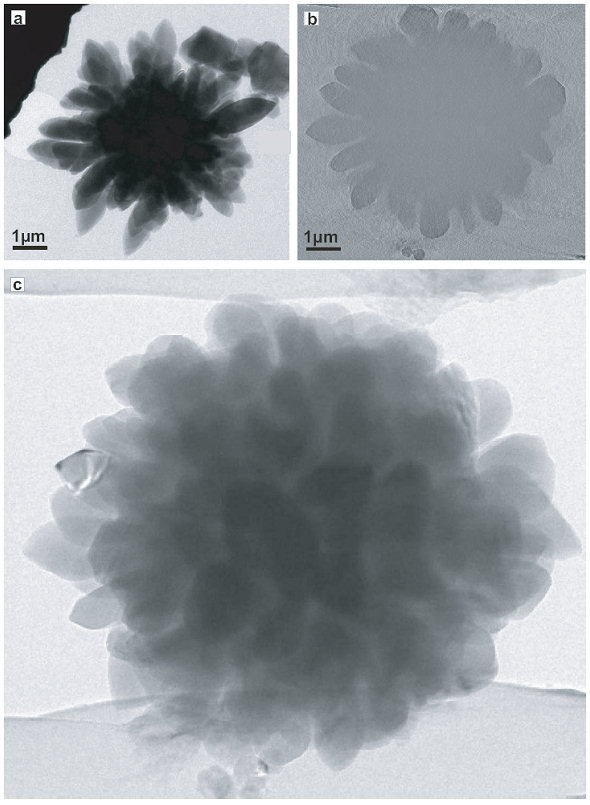However impressive my best Bear Grylls outdoorsman pose might be, it’s nothing compared to the rocks I’m standing on.


For this is Leicestershire’s Charnwood Forest, whose +600 million year old outcrops are some of the oldest on the planet. It’s also the area where the very first precambrian macrofossils were discovered by Roger Mason in 1957 (Ref.1).
Before that time, nobody dreamt fossils of this age existed.
And to think I was born only eight miles away in Leicester; gee-whizz. (The pic above was taken after a family get-together for my birthday a couple of weeks ago. Suspect this was a subliminal attempt to feel younger by standing on something very old. Can’t say it was entirely successful.)
David Attenborough most recently brought Charnwood and the appropriately named fossil Charnia to popular fame in his 2010 series First Life. And, as it turns out, he and I are both Leicester lads who first explored Charnwood as schoolboys. On which cue I’m handing any further science communication on this ancient world over to Sir David; here he introduces the fern-like Charnia masoni (most relevant part at 2:10 thru 5:50):
And in this piece for Radio 4 he says more about the region, Charnia masoni and its broader implications, plus more on his early fossil-collecting days in Leicestershire:

Sources
(1) Guide to the Geology of Bradgate Park and Swithland Wood, Charnwood Forest. British Geological Survey, BGS Occasional Report OR/10/041 (pdf is here)
(3) The Story of Charnia and the British Association Festival of Science
(4) A fascinating account of fossil discovery in Charnwood prior to 1957 by Tina Negus at charnia.org (Thanks Tina Negus)
You might also like on Zoonomian: Attenborough on Darwin
Note: the rocks I’m standing on in the photo are in Charnwood Forest but are not the same outcrop of fossil-bearing rocks in the film

